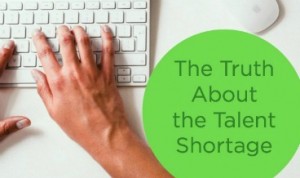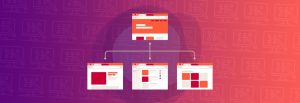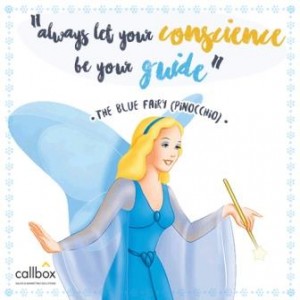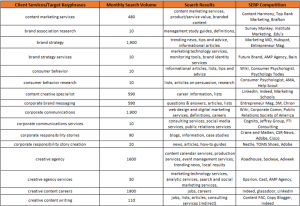— August 1, 2018
Not all prospects are the same. Thinking otherwise hurts your customer acquisition strategies, especially when you send uniform emails that are far from tailored to what your customers need or want. But, email segmentation has the power to personalize the messages you send to your subscribers. This technique has been proven to increase open rates by 39%, a study done by Lyris reports.
As such, it’s important to set parameters and intelligently group your subscribers in their proper segments. There are a few ways to do this, and it could also depend on your industry.
Demographics
Grouping your email subscribers by age, gender, and income bracket can be helpful in pinpointing their needs and motives when making a purchase. As such, you should be able to devise a creative way to collect the relevant information from your subscribers before or after they sign-up. You can accomplish this through surveys or quizzes that produces valuable results.
According to Cobb, below are essential information to collect for personalization and segmentation in the B2B industry:
- First and Last Name
- Company
- Position
- Industry
- Location
- Number of Employees in the Company
Meanwhile, these are the pertinent data to collect for B2C:
- First name
- Location / Postal Code
- Age
- Gender
- Interests
- Shopping Habits
- Purchase Behavior
Once you have demographic data from your customers, you can break them down into smaller groups for easier targeting. As an example, Strata names four categories that define the audiences of B2B campaigns:
- Sector
- Function
- Seniority
- Size
Email Engagement Rate
Another segmentation tactic is to keep track of your active and dormant subscribers. It will allow you to set the tone of your emails. That means creating two separate campaigns with the intention of engaging both groups.
For one, you can create enticing promos or events in the interest of getting your inactive subscribers to open your email. On the other hand, you can focus on sending sales-driven emails to your loyal subscribers.
Using your email marketing dashboard, take note of your newsletter’s average open rate and click-through rate. Group your subscribers into those that fall below average as non-engaged and those that hit the mark as highly-engaged.
Sales Funnel Stage
Your business has many different types of consumers, all in various stages of your sales funnel. Some could be new subscribers while others may have already been with you for months. Imagine the confusion they’ll encounter if you send them the same kind of email.
OptinMonster points out three subscriber segments and the kind of emails you can send them:
- New subscribers – Nurture this group. You should focus on giving them content with value, and present products or services that are relevant to their lifestyle.
- Warm leads – These are engaged subscribers who have not yet made a purchase. As such, the focus of your emails should be in the realm of discount offers, coupons, or any enticing promo that can push them to the checkout counter.
- Present customers – Don’t neglect customers who have done business with you. The goal is to keep them loyal. Try upselling techniques that can encourage them to purchase again.
Data from present customers may be segmented further depending on their purchase history. You can observe their frequency in purchasing or suggest other things they might be interested in based on what they bought before.
Conclusion
Email has over 3.5 billion users to date and boasts of an estimated 3,800% ROI, proving the effectiveness of email marketing.
While 72% of consumers prefer to receive promos via email instead of social media, sending generic emails won’t do the trick. You have to do it wisely through email segmentation. Try it out and see which techniques you can start doing today to change your email marketing efforts radically.
Digital & Social Articles on Business 2 Community
(71)
Report Post




